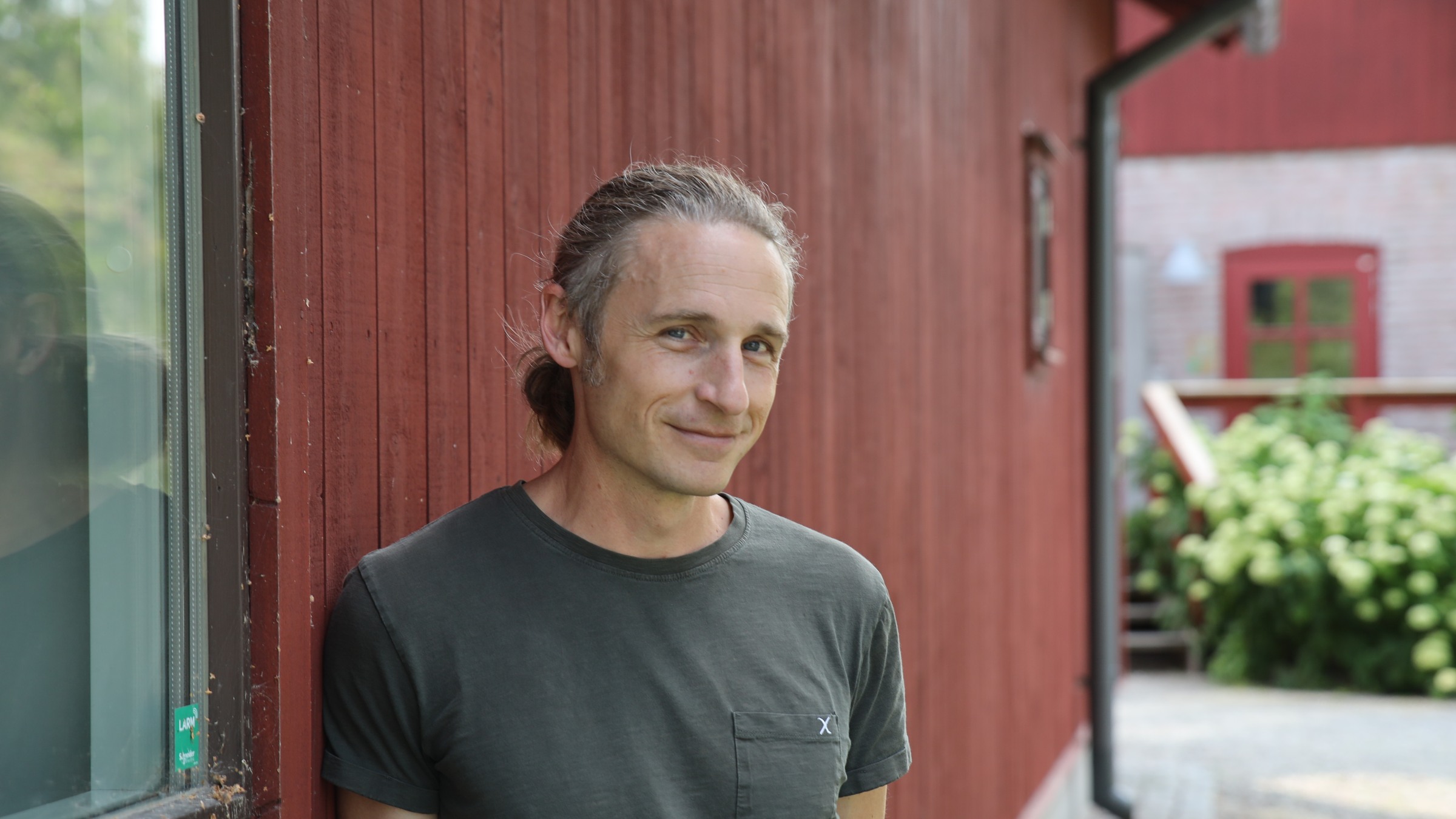A key part of Lindecrantz’s role is to enable circular solutions using digital technologies. One of the first projects he worked on was an automated system that used artificial intelligence to sort used tyres for processing. Yet, the most impactful digital-based solution likely won’t come from a hot new field in tech but rather from the long-established area of information systems.
According to Lindecrantz, sharing the information necessary for circularity from one domain to another is easier said than done. Regulations like Europe's upcoming digital product passports will soon mandate material traceability via digital data sharing, but there’s currently no standardised or rusted infrastructure to do so.
– We know that if companies share data on the composition of their product, we could recycle it more efficiently, but companies don’t share data today because they see no practical way of doing so securely, says Lindecrantz.
The need for a shared vocabulary
A major issue is the absence of standard definitions and precise meanings for key terms and concepts of circularity and sustainability. It’s critical to avoid situations such as when one organisation describes something as “refurbished” which is the same thing another refers to as “recycled”. And while the International Organization for Standardization (ISO) published its long-awaited circular economy standards in 2024, many circular collaborations are still done on a case-by-case basis.
The EU-funded Onto-DESIDE project was created to address these challenges. Ragn-Sells has been a key partner since its inception, with Lindecrantz as its principal representative. He says the effort aims to provide the first data-sharing infrastructure to support scalable circular collaborations but also definitions for circularity that computers could interpret. The Onto-DESIDE project has been developing both a digital platform to share data, and a unified vocabulary for data documentation – known as an “ontology network” – based in part on the ISO’s circular economy standards.
– We're building a digital language for describing the circular economy and its capabilities and processes, as well as data, material, and products, says Lindecrantz.
Underlying patterns and ultimate value
Onto-DESIDE officially launched in 2022. That same year, Lindecrantz entered the PhD program at Linköping University’s Computer and Information Science Department as part of its Human-Centered Systems division. He credits working on the project with providing the necessary background for his PhD research but says his focus now goes somewhat beyond it, towards understanding certain data configurations that form and repeat within the ontology network.
– I'm trying to figure out the specifics related to those patterns in a circular economy context. How do you put them together? How do you identify them? How do you describe them? So that you can maintain them and share them. Understanding these patterns is important because they have a circular value of their own.
For Ragn-Sells, helping establish a foundation for sharing information on value chains between industries has obvious benefits, both in finding new material flows and new business. But there are larger societal benefits, too.
– You don't save the planet by taking the same old paths, says Lindecrantz. You have to find new paths, new solutions. And, for these new solutions to form, organisations need to be able to communicate in a way so that different domains can talk and understand each other in a circular context.
